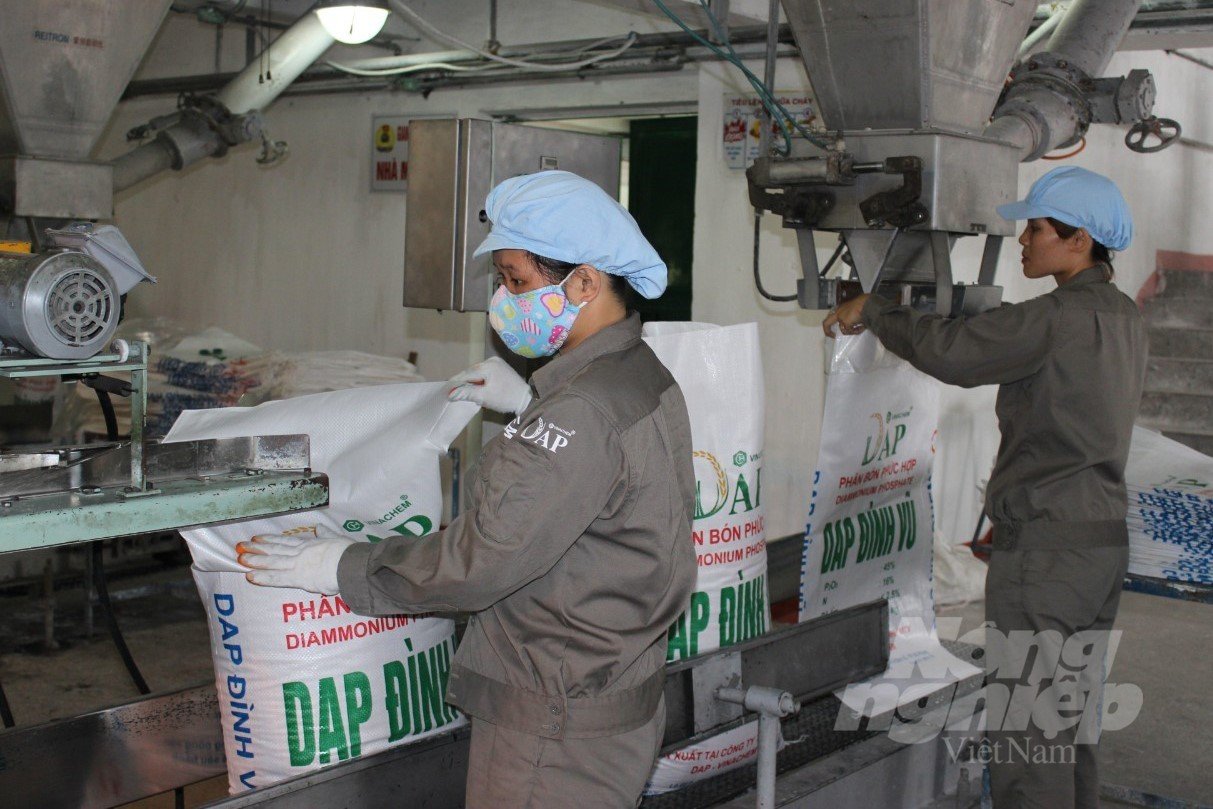November 25, 2025 | 09:10 GMT +7
November 25, 2025 | 09:10 GMT +7
Hotline: 0913.378.918
November 25, 2025 | 09:10 GMT +7
Hotline: 0913.378.918

Rice cultivation in the Northwest Vietnam. Photo: Hai Nam.
According to Agricultural Outlook 2023 - 2032, crop production in general is expected to grow slightly faster (1.2%/year) than livestock and fishery production (1.1%/year). This result is mainly from yield growth based on crop intensification rather than land use for crop production.
In Sub-Saharan Africa, productivity growth is expected to nearly double, reaching 16% in the next ten-year period. Investments to improve locally adapted crop varieties, increased access to fertilizers, and strengthened land use rights have enabled larger production scale and mechanization in agriculture which drives the growth in crop production.
Sub-Saharan Africa is the region with the largest untapped reserves of farmland. Expansion of harvested area has been an important driver of production growth over the past period, but its importance may lessen because it has become increasingly difficult to convert land for agricultural purposes especially in inaccessible areas, conflict zones, or conservation reserves.
Growth in the Near East and North Africa is based entirely on increased yields considering the harvested areas are reduced. Western Europe expects slow productivity growth due to stricter environmental regulations, while in North America it will be underpinned by investment in innovation and broader biotechnology.
In the period 2023 - 2032, yield growth is forecast to contribute an average of 79% to the production growth of key crops worldwide. Expected rates will vary across regions and countries because of differences in production technologies, management practices, natural resources, and local characteristics.
Farmers in low and middle-income countries, particularly Brazil and India, are expected to achieve higher-than-average growth rates for maize, wheat and rice through better-adapted varieties and improved crop management.
In high-income countries, production growth is projected to be lower than the world average for key crops, excluding beans. Output in these countries has reached production margins, so further increases are constrained by tighter environmental regulations. However, production and investment in nitrogen-fixing crops, known for their yield-enhancing properties, are expected to expand to meet sustainable food production goals.

Changes in fertilizer prices will affect product and food prices. Photo: VAN.
The production of nitrogen-based fertilizers depends on the availability of natural gas specifically the raw materials and the energy sources for the synthesis process. Considering this connection, the production of nitrogen fertilizers will be concentrated in countries that have access to natural gas such as China, India, the USA and Russia.
In this context, focusing on the application of nitrogen fertilizer per hectare in relation to yield per hectare may provide the factors to qualitatively explain the observed variation in production efficiency of each region.
In the EU and the USA where crop yields are high, future growth will be limited relative to other countries, but changes in yield are expected to outweigh changes in fertilization.
High-income countries are launching various incentives to limit the use of synthetic fertilizers by increasing their efficiency through better management practices or by expanding the use of alternative nutrients such as biofertilizers.
In Australia, the relatively limited growth in production can be explained by physical and climatic constraints.
In the case of Brazil, the use of N fertilizer is expected to increase significantly as the increase in production and yield increase will outstrip N fertilizer application over the outlook period. While a number of factors such as advances in breeding may play a role in future yield development, innovation in crop management and the use of nitrogen-fixing crops or bio-fertilizers will play an important role in increasing this country’s maize yield.
Sub-Saharan Africa is also expecting to experience a significant increase in terms of both nitrogen fertilizer application and crop yield from a low base.
Factors leading to a rise in fertilizer prices, apart from the oil and gas shocks, will include limited market access, tighter environmental regulations or increased costs in other production sectors such as labor or minerals.
The impact will be greater for crops that use fertilizers as a direct input compared to livestock that use them indirectly through animal feed production. In livestock products, price increases are higher for poultry and pork than for ruminants because ruminants are more dependent on compound feed.
Changes in fertilizer prices easily translate into changes in product and food prices. Consumers who spend most of their household budgets on food and fuel will be particularly affected. Producers will have mixed reactions about the impacts, for example, fertilizer users will benefit from high product prices and increased profit margins. Increased costs for agricultural inputs will inevitably translate into higher food prices unless new production models can be found to make agriculture less dependent on conventional fertilizers.
Translated by Samuel Pham

(VAN) Green transition is crucial for the Mekong Delta amid climate change and stricter standards, offering a path toward sustainability.

(VAN) Dong Thap promotes agricultural restructuring, forms large specialized farming zones, raises the value of agricultural products and develops toward ecological and high-tech directions.
/2025/11/22/4018-4-213342_747.jpg)
(VAN) The Mekong Delta Agricultural Experts Club has attracted 143 experts and researchers to participate in providing consultancy and contributing initiatives to the development of one million hectares of high-quality rice.

(VAN) Ca Mau’s development of OCOP products opens a path to increasing cooperatives value, helping boost income, expand markets, and affirm collective economy's role.

(VAN) Turning seemingly ordinary coconut shells into unique jewelry and artwork, Nguyen Bang Nhi spreads the value of local culture through her brand, Cocohand.

(VAN) Results from the Sustainable Durian Model Project in Dak Lak have confirmed the critical role of Yara Viet Nam in transferring advanced nutritional solutions to farmers.

(VAN) In Tuyen Quang province, livestock farmers have introduced effective models and innovative practices that significantly strengthen African Swine Fever prevention and control efforts.